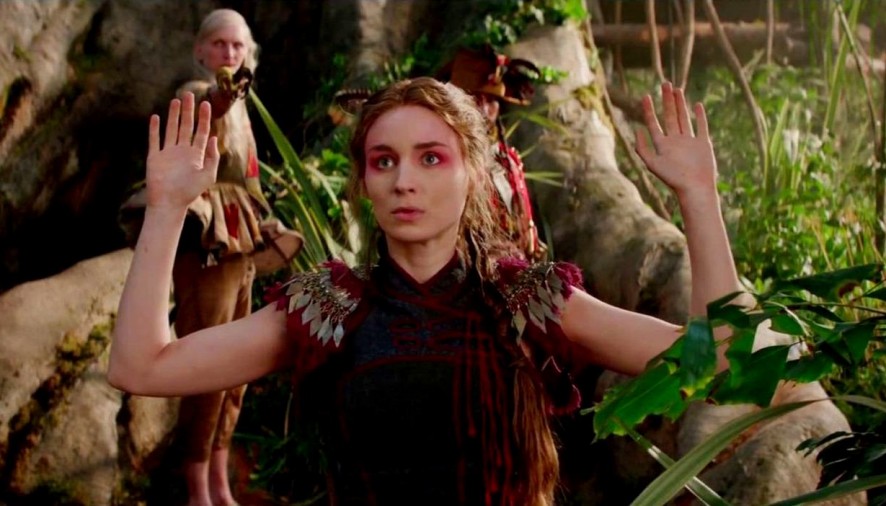Joe Wright’s Pan – the prequel to the J.M. Barrie classic Peter Pan, has recently entered cinemas facing negative reviews from critics, with controversy over the casting. Rooney Mara’s portrayal of the Native American Tiger Lily has been decried as yet another instance of a white actor being given a non-white role. The resulting exclusion of non-white actors from film is a pressing issue that film studios have yet failed to address.
Since the birth of film, white actors have been prioritized in Hollywood. The Hayes Code, a set of rules governing Hollywood films after 1930, banned depictions of interracial relationships. This enshrined the widespread discrimination of non-white actors in law. Most infamously, Breakfast at Tiffany’s starred Mickey Rooney as Mr. Yunioshi. Rooney’s appearance was drastically altered with cosmetics so that he resembled an offensive stereotype of a Japanese man.
The once common practice of casting white actors as characters of black African descent has for decades been seen as extremely racist. However, it is still common for white actors to play Asian, Middle Eastern and Native American characters. Ridley Scott’s 2014 Biblical epic Exodus: God’s and Kings featured a white cast donning fake tan to play Middle Eastern characters. Scott claimed the casting was a matter of economic reality. “I can’t mount a film of this budget, where I have to rely on tax rebates in Spain, and say that my lead actor is Mohammad so-and-so from such-and-such,” Scott said. “I’m just not going to get it financed.”
Scott’s comment exposes two of the major issues that causes the casting of white actors in non-white roles: the racist assumption that white actors are more marketable, and the resulting lack of non-white leading actors. Whilst actors such as Will Smith and Jamie Fox are household names, they are the exceptions rather than the rule. A 2014 study found that even though 44% of cinema tickets sold in the U.S.A. are bought by non-white people, only around 10% of American films have non-white actors in leading roles.
The notion of race-blind casting has sometimes provided an apparent justification for white actors being given non-white roles. The director of Pan defended the casting of Rooney Mara as Tiger Lily on the grounds that he did not consider authenticity important when interviewing actors. “I met actresses from China, India, Japan, Russia, Africa and Iran. But it was Rooney who felt the most like a warrior princess… That felt more important to me rather than placating other concerns.” Yet, race-blind casting can only be considered truly equal if non-white actors would frequently play white characters. The 2012 film adaption of Cloud Atlas gave each actor multiple roles, allowing South Korean actress Bae Doona to play Hispanic, White and Asian roles. But it is exceedingly rare that non-white actors are given such an opportunity.
Acting, by its very nature, means to pretend. Actors are not the characters they embody on screen. If racial discrimination became a thing of the past, race-blind casting might become ethically acceptable. However, the reality now is that the casting of white actors as non-white characters is generally the product of continuing racism.
Billie Mills-Pullan
Image source: www.apnatimepass.com

